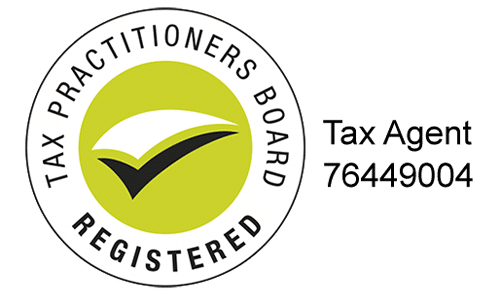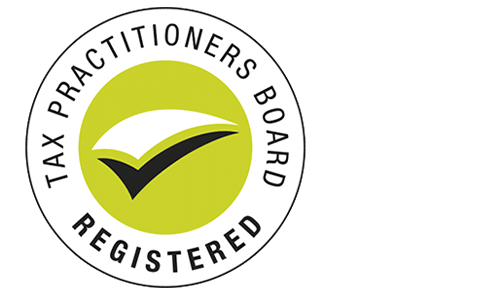Succession planning is a key component of a successful business strategy. It is a crucial process that ensures the continuity of critical positions and provides stability during difficult leadership transitions.
What is succession planning?
Succession planning involves identifying, recruiting and developing top talent to move into leadership roles as positions open up.
Succession planning typically revolves around high-level leadership positions that are critical to regular business functions. Absences in these roles can quickly lead to disruptions within a business, which is why it is vital to have a well-structured plan in place.
Why is succession planning important for business success?
Employees change roles, move companies and retire all the time. It’s critical that in the event of a sudden, unplanned vacancy in a key role, there is a well-structured plan for replacement.
An effective succession plan will minimise disruptions and instability, and allow for smooth leadership transitions.
Risks of neglecting succession planning
Without a strong succession plan in place, a business is vulnerable to instability in the event of sudden role vacancies. The unexpected loss of talent and leadership can result in the loss of knowledge and experience that may be crucial to daily business operations.
Poorly managed leadership transitions also create uncertainty for employees, often making them question their security and the direction of the business. There may also be increased training and recruitment costs due to poor planning.
Key components of succession planning
A good succession plan should address a few key elements. These account for major factors involved in leadership transitions.
Optima Partners has also discussed seven best practices for succession planning.
Recruitment
Talent recruitment plays a major role in the development of an effective succession plan. The personnel that you recruit into low or mid-level positions have the potential to grow and develop into key players within the organisation. It’s important to keep this in mind during the recruitment process, ensuring that candidates align with company values and possess the potential to grow with your business.
Talent development
Rather than relying solely on external recruitment of leadership talent, it’s critical to develop the talent that already exists within the business. A succession plan typically focuses on key leadership positions.
Providing high-performing employees with development opportunities such as training courses, mentoring or challenging assignments is the first step in preparing for succession. These development opportunities will allow you to determine the personnel within the business that are most suited towards leadership positions.
Leadership identification
Some employees will perform better than others through development programs, so consistent monitoring of these programs is the best practice.
The information gathered through these programs will allow you to identify the talent best suited to critical leadership positions. Once this talent has been identified, you can initiate further development tailored to the specific leadership positions that the candidates may be suited to.
If done effectively, this process should yield multiple high-quality candidates that are ready to step into leadership positions.
It is important to consider the likelihood of a vacancy in a leadership position when engaging in the identification and development process. If there are several highly developed candidates for a senior role with a very low chance of vacancy, this could lead to the candidates seeking opportunities elsewhere. Inversely, having only one qualified candidate for a role that is likely to open puts the business at risk, so ensure that the process is tailored to the likelihood of turnover.
If your business is going through a leadership transition or looking to develop a succession plan, Optima Partners can help. Our team of experienced business advisory accountants can help you get the most out the transition and avoid any unwanted consequences.






